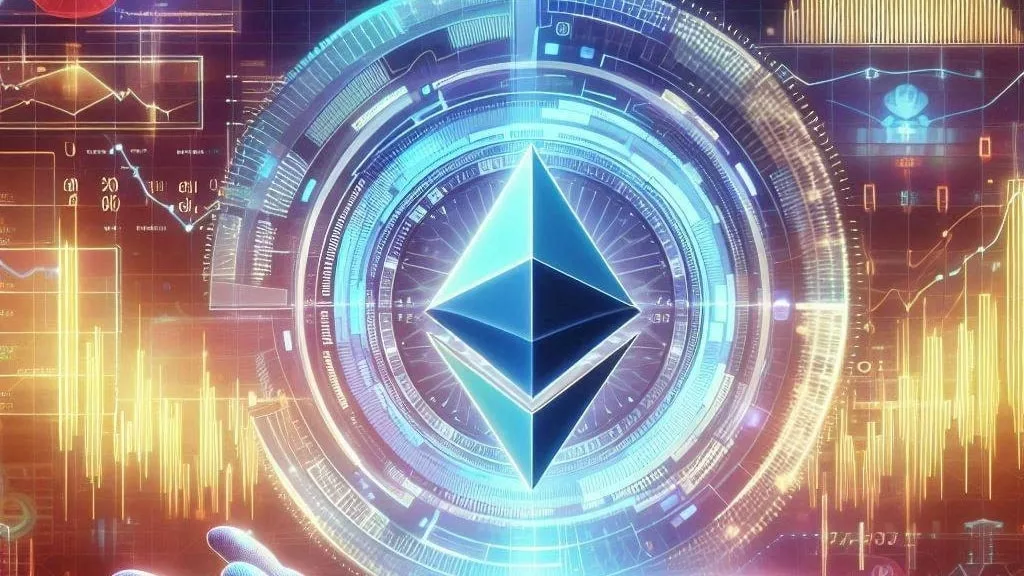
Cronos, the blockchain network built by Crypto.com, introduced an ambitious plan to reissue 70 billion CRO tokens, aiming to restore the total supply to 100 billion. This significant move reverses a key token burn conducted in February 2021, triggering both excitement and skepticism within the crypto community.
The main goal of this reissuance is to reinstate the original supply of CRO tokens, enhancing liquidity and providing a financial cushion for the ongoing development of the Cronos ecosystem. The newly reissued tokens will be placed in a Cronos Strategic Reserve escrow wallet, a critical element of the blockchain’s roadmap. According to Cronos leadership, this step is essential for executing their long-term plans, which include positioning the network among the top 10 blockchain protocols worldwide.
The restoration of CRO tokens is part of a broader strategy to attract institutional adoption. One of the key initiatives tied to this move is the creation of a CRO exchange-traded fund (ETF). This ETF will be designed to offer regulated exposure to institutional investors, helping to legitimize CRO in the eyes of major financial players. Additionally, the funds from the reissued tokens will support projects aimed at crossing over from traditional finance (TradFi) and funding artificial intelligence (AI)-focused ventures, such as decentralized applications (dApps), developer tools, and grants.
Despite the optimism surrounding the proposal, it has not been universally welcomed. Several members of the community have expressed concerns regarding the potential for token dilution. Some skeptics argue that by reversing the token burn, Cronos risks undermining the value of the CRO token, with one user remarking on X, “Did Cronos just become the Federal Reserve? Printing CRO out of thin air? A burn is a burn. Burnt tokens shouldn’t be brought back.”
Such concerns are valid, given that the reissuance could lead to an increase in supply, potentially exerting downward pressure on the token’s price. However, many investors remain hopeful that the strategic reserve will ultimately contribute to the long-term success of the Cronos ecosystem.
Not all reactions have been negative. The proposal has fueled a sense of optimism for some market participants, as evidenced by the 15.5% surge in CRO’s price, which recently reached $0.09. This positive price movement suggests that a portion of the market sees the reissuance as a step toward greater institutional involvement and greater liquidity for the blockchain.
To mitigate inflationary concerns, Cronos has outlined a gradual vesting schedule for the reissued tokens. The tokens will be released in phases over the next 10 years, with a new batch of tokens becoming available approximately every 30.4 days. This linear vesting mechanism will help manage the supply without overwhelming the market, providing a steady flow of tokens to fund Cronos’ strategic initiatives.
The gradual release of the tokens is designed to minimize any potential shock to the market, ensuring that liquidity and institutional confidence grow at a sustainable pace. The funds from the reissued tokens will be allocated toward the CRO ETF, AI-related initiatives, and bridging the gap between traditional finance and blockchain technologies.
Cronos’ proposal to undo the 2021 token burn and reissue 70 billion CRO tokens represents a bold move to propel the ecosystem forward. While the decision has raised debate, it’s clear that the Cronos team is positioning itself to tap into the growing institutional market and expand its footprint within the global blockchain space. Whether this move will ultimately lead to sustained growth remains to be seen, but the positive response in the form of price growth signals that some investors are optimistic about what lies ahead. Time will tell if this strategy pays off, but for now, the future of Cronos seems to be filled with promise.



Get the latest Crypto & Blockchain News in your inbox.